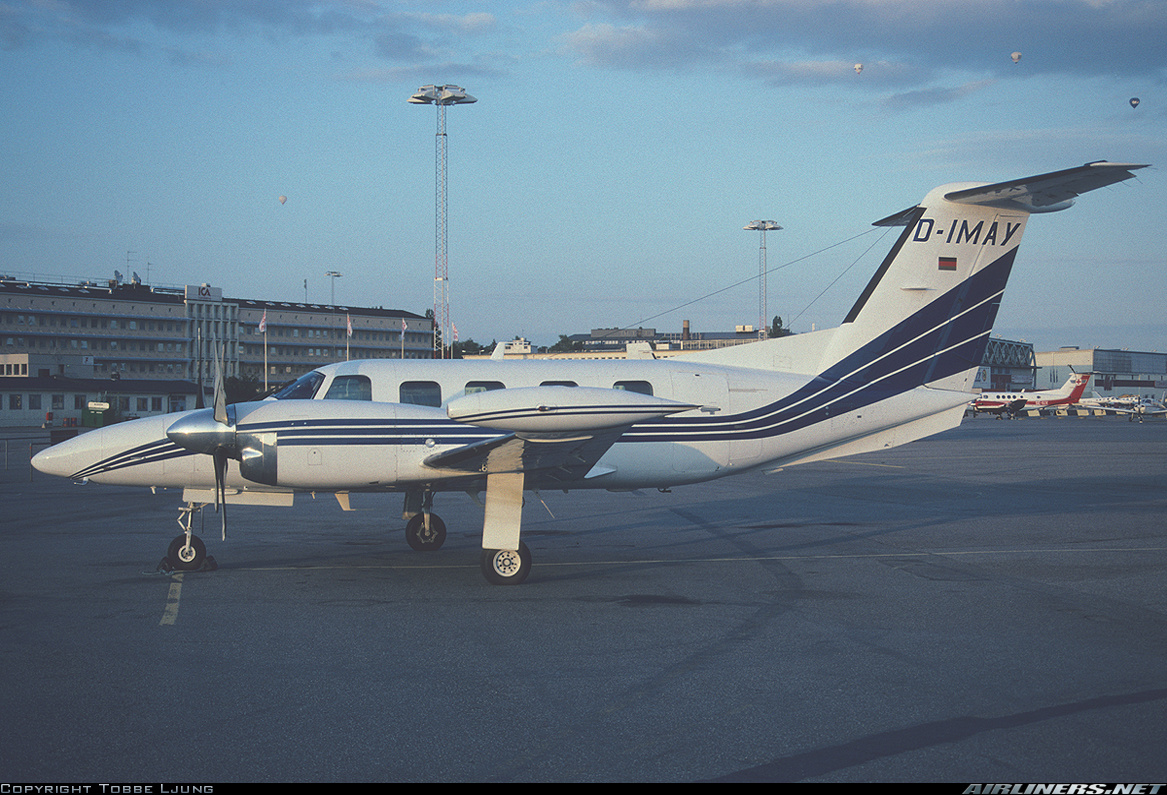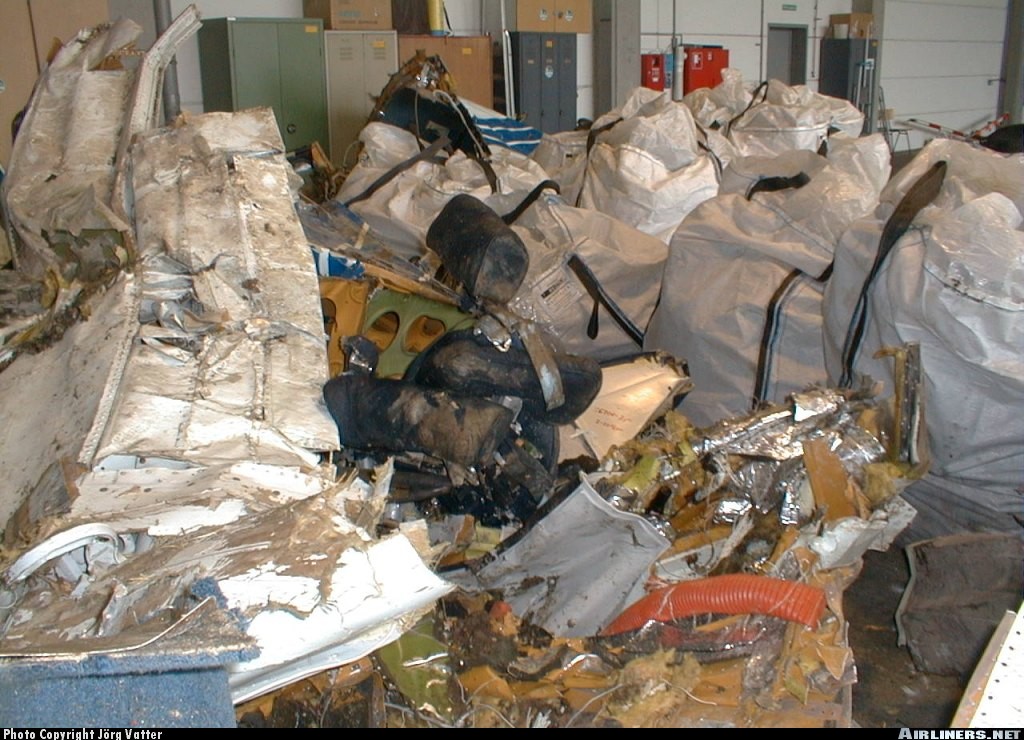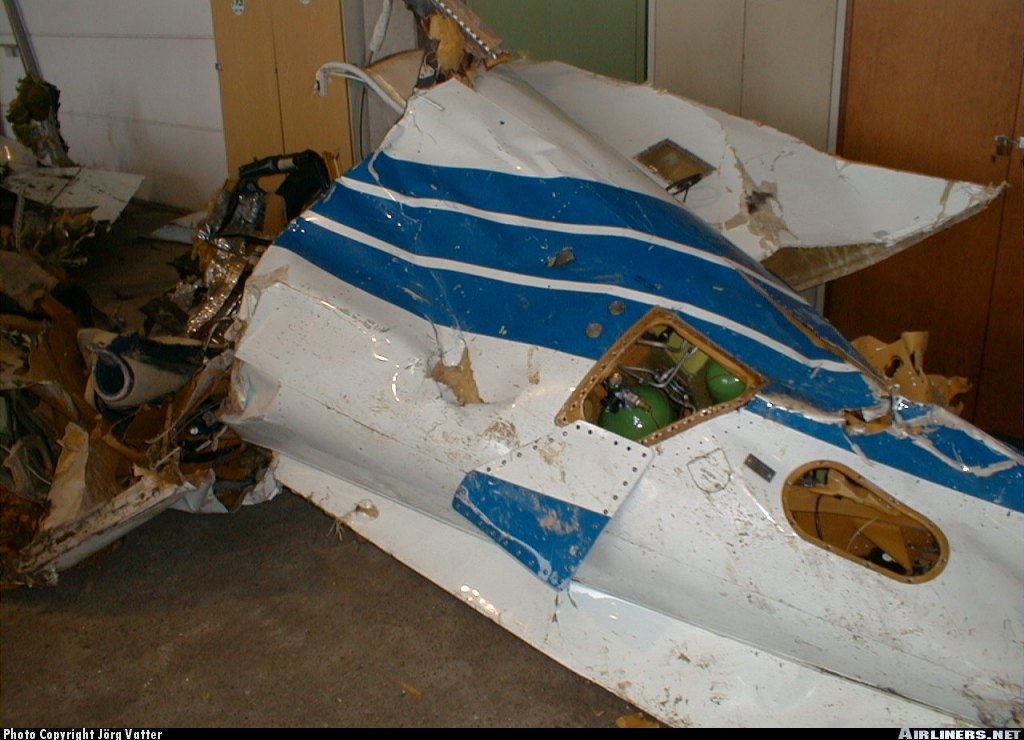Crash of a Cessna 402C in Boston
Date & Time:
Jul 8, 2001 at 1214 LT
Registration:
N760EA
Survivors:
Yes
Schedule:
Boston – Nantucket
MSN:
402C-0056
YOM:
1979
Flight number:
9K065
Crew on board:
1
Crew fatalities:
Pax on board:
0
Pax fatalities:
Other fatalities:
Total fatalities:
0
Captain / Total hours on type:
476.00
Aircraft flight hours:
15140
Circumstances:
The pilot accepted an intersection departure and waived the wake turbulence holding time. A Boeing 737-300 departed ahead of him, and according to pilot, the Boeing's nosewheel lifted off the runway just as it passed him. The pilot also noted that the Boeing and its exhaust smoke drifted to the left of the runway's centerline. A wake turbulence advisory and takeoff clearance were issued by the tower controller and acknowledged by the pilot. The pilot initiated the takeoff, and after liftoff, the left wing dropped. It contacted the runway, and the airplane rolled inverted. The airplane then slid off the left side of the runway and a post-crash fire developed.
Probable cause:
The pilot's improper decision to waive the wake turbulence hold time, and his subsequent loss of control when wake vortex turbulence was encountered.
Final Report:













